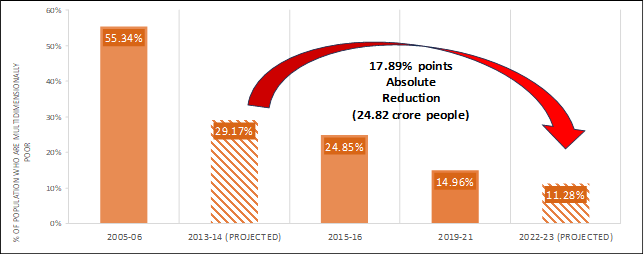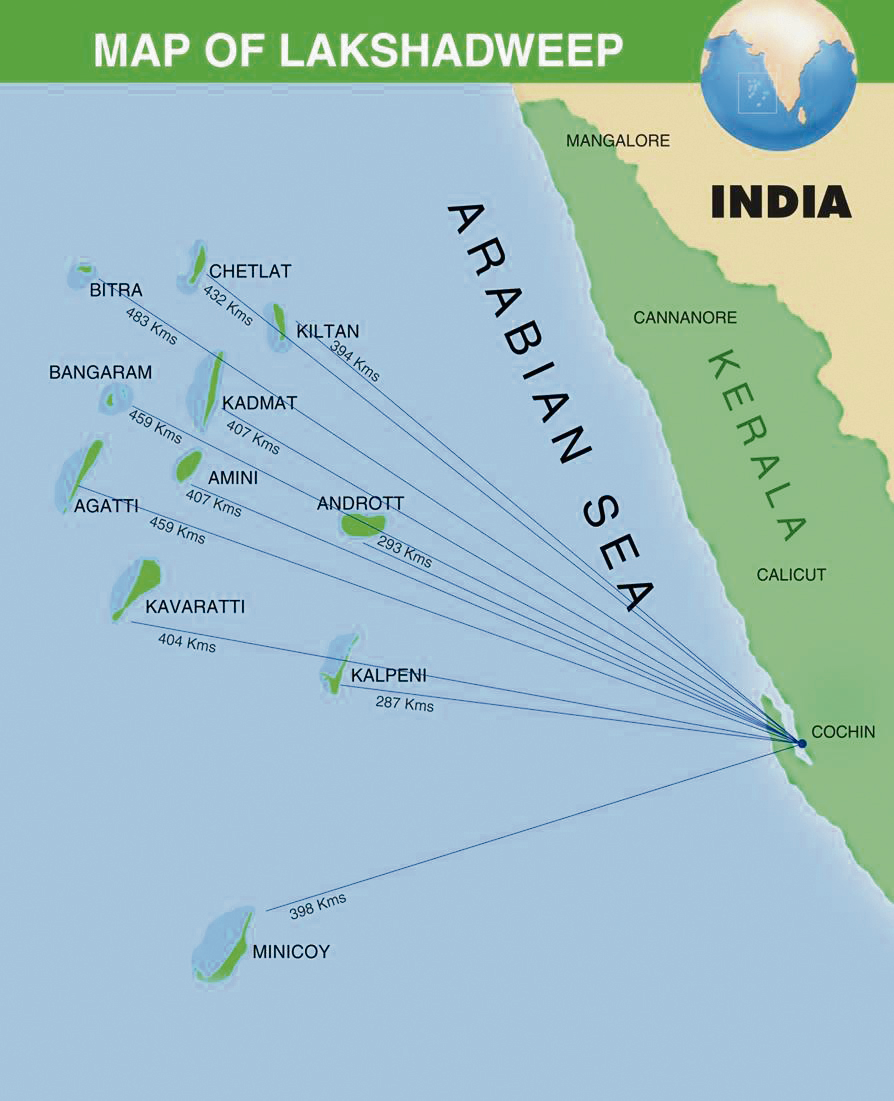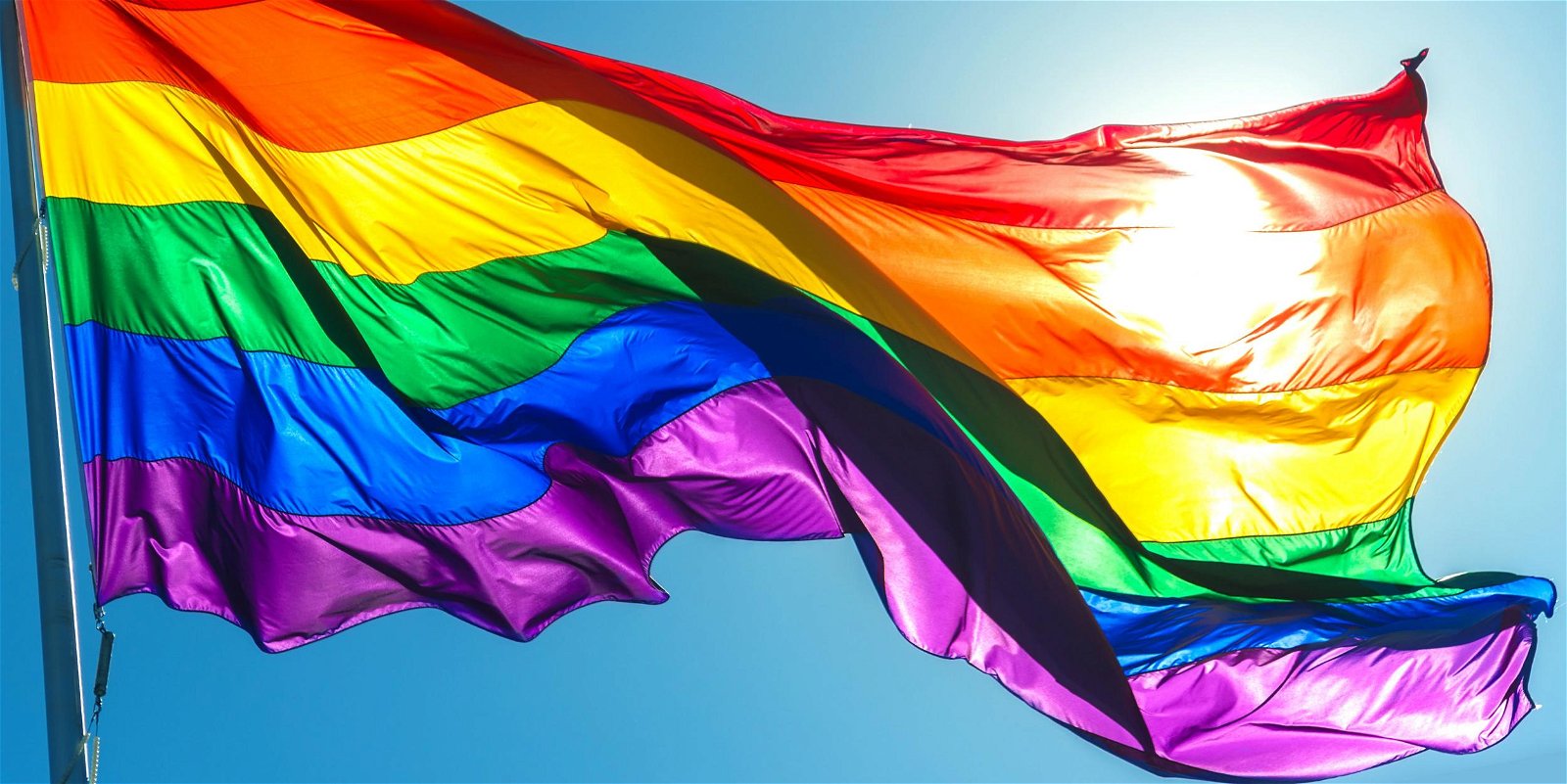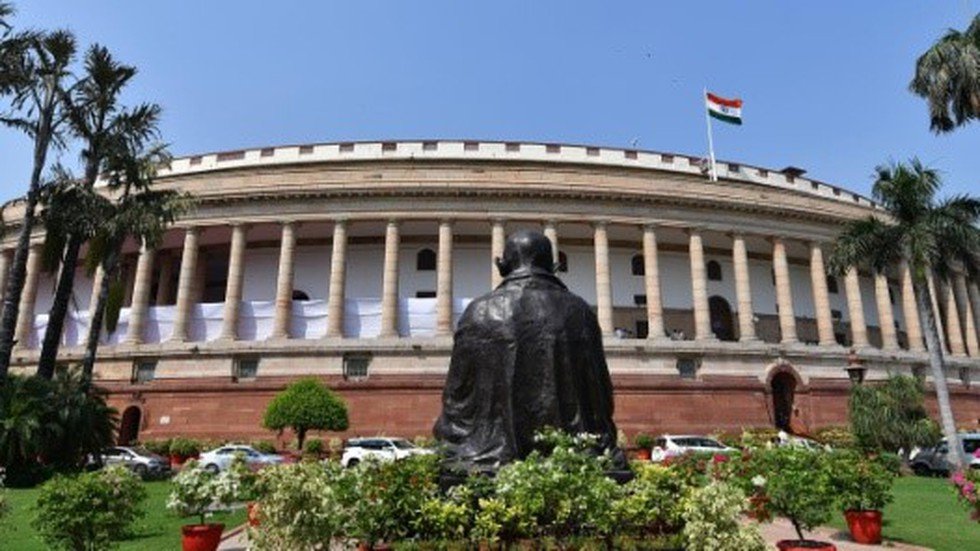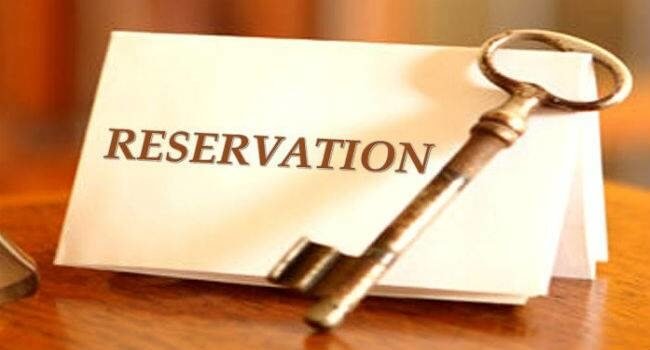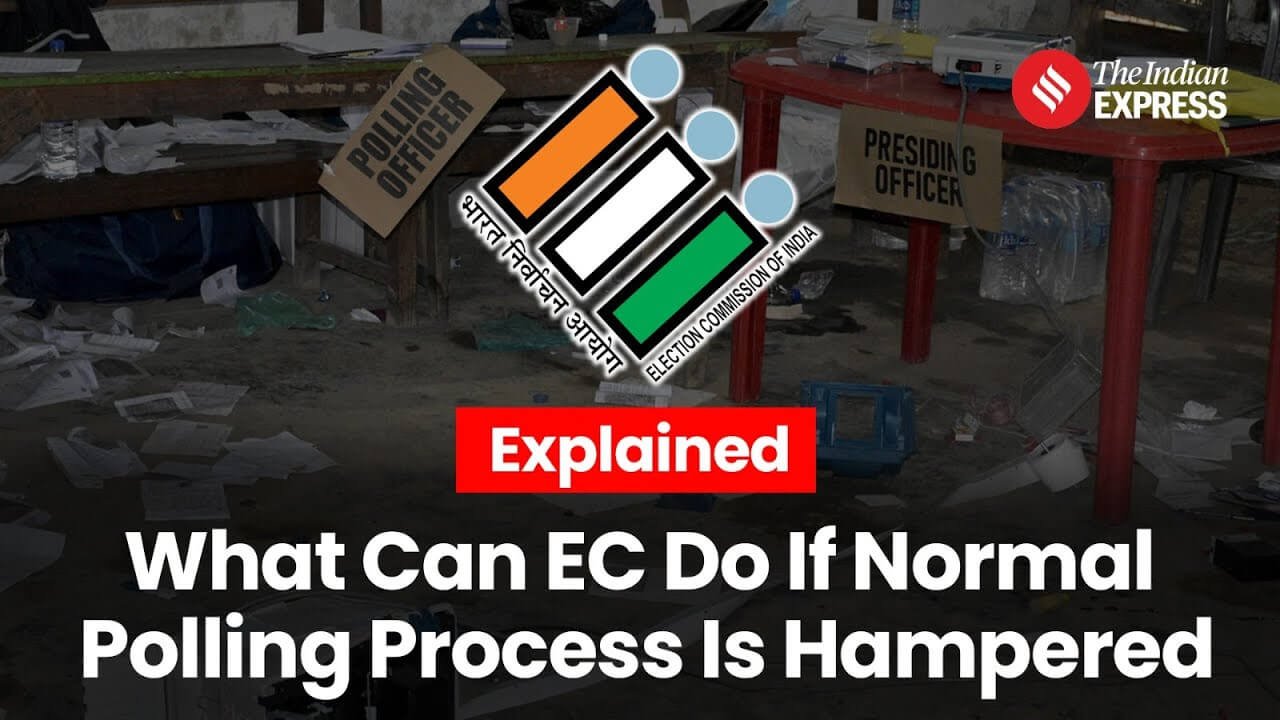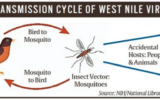
North Atlantic Treaty Organisation (NATO)
Subscribers of "Current Affairs" course can Download Daily Current Affairs in PDF/DOC
Subscribe to Never Miss an Important Update! Assured Discounts on New Products!
Must Join PMF IAS Telegram Channel & PMF IAS History Telegram Channel
- Context (IE): NATO completed 75 years of formation.
History of NATO
- Founded on April 4, 1949.
- 12 founding members: Belgium, Canada, Denmark, France, Iceland, Italy, Luxembourg, the Netherlands, Norway, Portugal, the United Kingdom and the United States.
- Formed by the signing of the Washington Treaty, which is based on Article 51 of the United Nations Charter, “which reaffirms the right of individual or collective defence.”
- Article 5 of Washington Treaty explicitly aims to counter Soviet Union’s influence in Eastern Europe.
- Direct Military interventions are not a must, dependent as individual member deems fit.
- The only time the article has been invoked so far was following the 9/11 attacks on the US.
- In the aftermath of it, NATO forces were sent to Afghanistan and deployed for nearly 20 years.

For more details, visit > NATO
NATO in today’s world
- Expanded membership: Maximum in history (32 members) Making it bigger and stronger. Finland (2023) and Sweden (2024), who had historically neutral foreign policy, are now NATO members.
- Russia-Ukraine war: Insecurities of war led to a more united NATO.
- Relations with Russia have now “slipped to the level of direct confrontation“.
- Rise of China: A news relevance to counter it not only economically but ideologically and strategically.
Contemporary challenges being faced by NATO
- Disagreements on military spending: US supports a hike in spending while many members are not in support. Only 11 out of the 30 members (2014) spent over the agreed limit of 2 per cent of their GDP.
- Membership delay: Despite a liberal “open door” policy for membership, all members must ratify a new applicant’s entry. Yet individual members stall new entries, for example, Sweden and Finland case.
- Intra-block tensions: The French President commented on a lack of strategic coordination between European allies and the United States and Turkey.
- Ukraine-Russia war funding: The plan to create a five-year, $107 billion fund for Ukraine drew mixed reactions from members.
Learn more on NATO Plus.





![PMF IAS Environment for UPSC 2022-23 [paperback] PMF IAS [Nov 30, 2021]…](https://pmfias.b-cdn.net/wp-content/uploads/2024/04/pmfiasenvironmentforupsc2022-23paperbackpmfiasnov302021.jpg)
